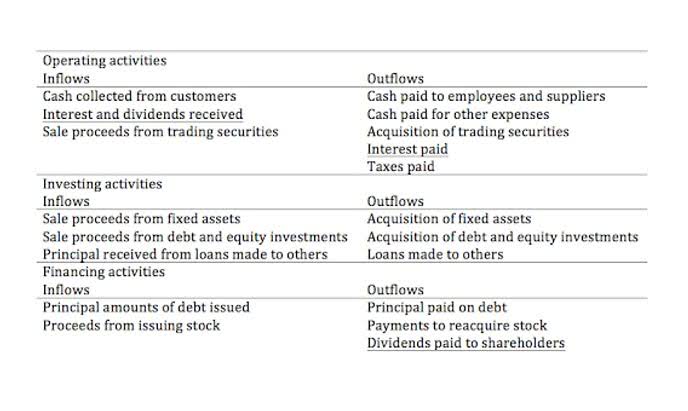What is Amortization? Overview, Key Formulas, and Examples

A business client develops a product it intends to sell and purchases a patent for the invention for $100,000. On the client’s income statement, it records an asset of $100,000 for the patent. Once the patent reaches the end of its useful life, it has a residual value of $0. Each of these topics unwraps another layer of the accrued interest onion, providing you with clearer insights and understanding to leverage in your financial strategies. In other words, amortization is recorded as a contra asset account and not an asset. Consider the following examples to better understand the calculation of amortization through the formula shown in the previous section.

What Are Operating Costs?

Assuming that the initial price was $21,000 and a down payment of $1000 has already been made. Before taking out a loan, you certainly want to know if the monthly payments will comfortably fit in the amortization definition accounting budget. Therefore, calculating the payment amount per period is of utmost importance.
- For example, if your annual interest rate is 3%, then your monthly interest rate will be 0.25% (0.03 annual interest rate ÷ 12 months).
- Some examples include the straight-line method, accelerated method, and units of production period method.
- There are many instances where companies need to take out a loan or pay off assets over multiple accounting periods.
- In the context of loan repayment, amortization schedules provide clarity into what portion of a loan payment consists of interest versus principal.
- The most common is the equal payment method, which keeps payments consistent throughout the loan term.
- It’s always good to know how much interest you pay over the lifetime of the loan.
Why Is Amortization Important to Know and Understand?
It involves allocating the cost of the asset gradually over its useful life rather than expensing it all at once. This method is crucial in financial reporting to accurately reflect the asset’s value and the expenses incurred over time. It is an accounting method that allocates the cost of an intangible asset or a long-term liability over its lifespan. The asset or liability’s cost is spread out over a particular period, usually through regular installment payments. Although it decreases the asset value on the balance sheet, it does not directly affect the income statement like an expense. Understanding amortization is crucial for both businesses and individuals.

Stay ahead of new tax laws at home and internationally
Understanding these differences is critical when serving business clients. If an intangible asset has an unlimited life, then it is still subject to a periodic bookkeeping impairment test, which may result in a reduction of its book value. Daily accrual might have you paying slightly more in March than February, purely because of those extra couple of days. Monthly, you’re dealing with a flat rate that’s the same whether it’s a leap year or not—simple and straightforward.
Delve into the complexities of the evolving tax landscape and political shifts impacting your firm. Understanding the implications of these shifts is crucial for every tax professional as we navigate through these transformative times. This method can significantly impact the numbers of EBIT and profit in a given year; therefore, this method is not commonly used.
- As the intangible assets are amortized, we shall look at the methods that could be adopted to amortize these assets.
- Use the tips and step-by-step guide we discussed to calculate the current or future accrued interest.
- Therefore, calculating the payment amount per period is of utmost importance.
- However, since intangible assets are usually do not have any residual value, the full amount of the asset is typically amortized.
Browse Glossary Term

It’ll help ensure that the numbers on your screen or paper match the reality of your financial journey, whether you’re saving for a rainy HVAC Bookkeeping day or financing your dreams. Think of APY as the more accurate, beefed-up cousin of the simple interest rate. It reveals the actual scene by factoring in these compoundings, which can make a noticeable difference to your bottom line over time.

